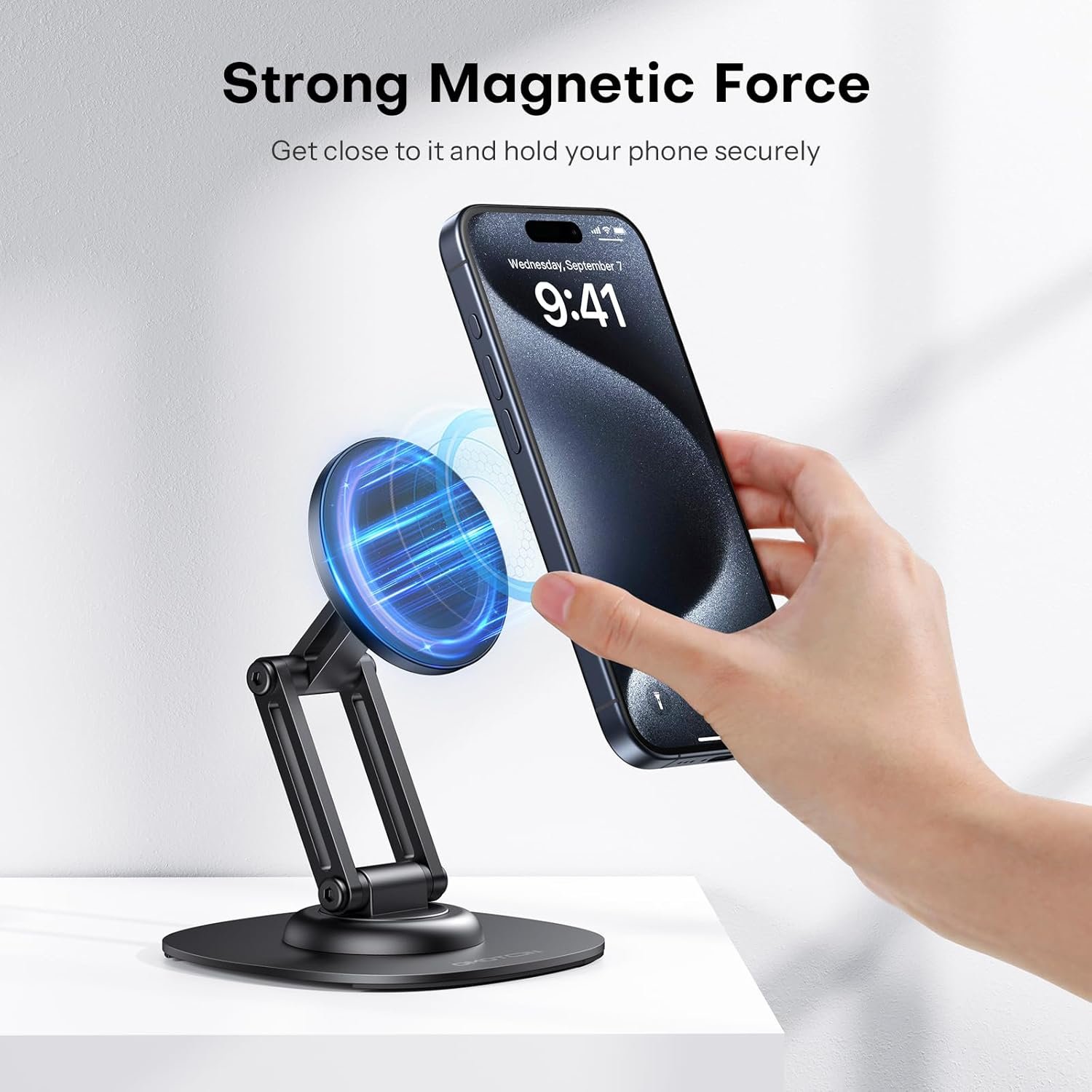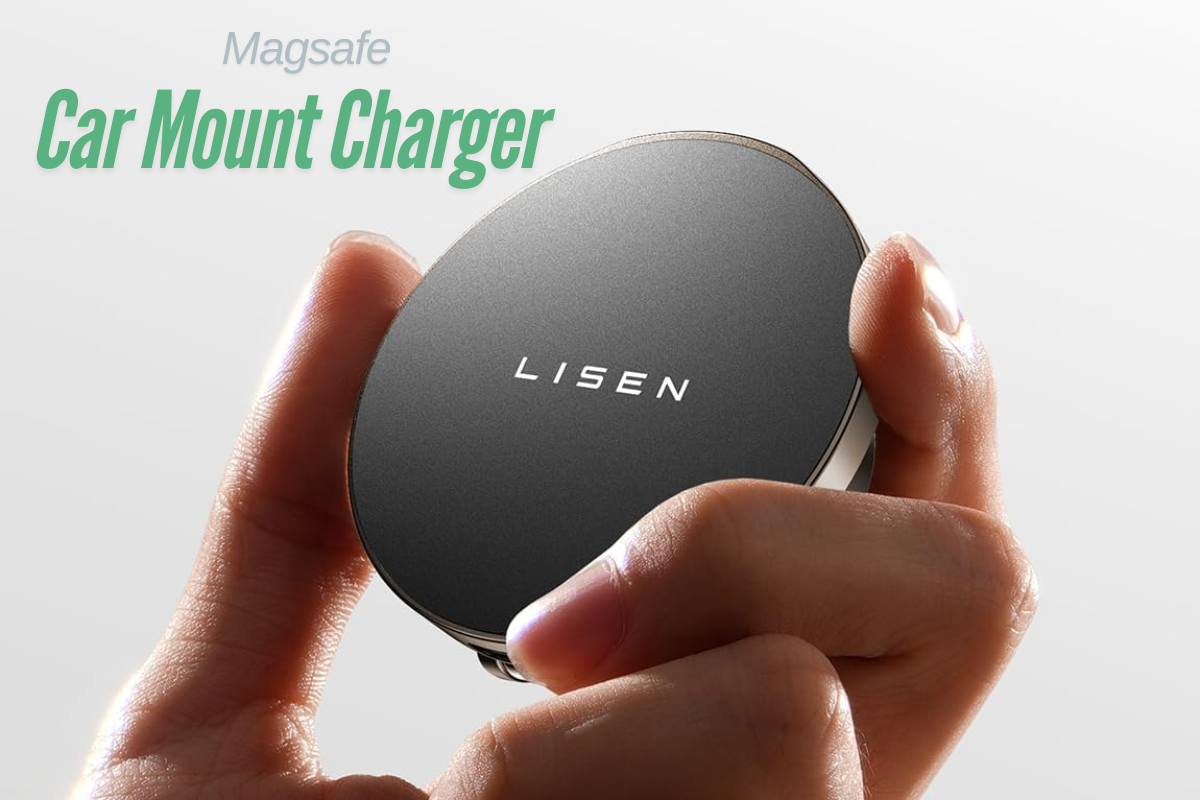The 5G network carriers are here and especially, 5G-compatibility phones like the iPhone 12 and Pixel 5, after years of hype and a humpy first year of the launcher. With its revolutionary speed and responsiveness, technology will change your life. But it is important that we understand what it is, when and how it will affect you, and how to distinguish (the still-growing) hype from reality before we get to that.
What is 5G?
5G is the 5th generation of mobile networks, a significant evolution of today’s 4G LTE networks. 5G has been designed to meet the very large growth in data and connectivity of today’s modern society, the internet of things with billions of connected devices, and tomorrow’s innovations. 5G will initially operate in conjunction with existing 4G networks before evolving to fully standalone networks in subsequent releases and coverage expansions.
It is the next (fifth), cellular technology generation that promises significantly to improve wireless networking speed, coverage, and responsiveness. It is 10 to 100 times faster than your usual mobile connection.
Benefits of 5G?
A 5G network is designed to connect many more devices than a traditional cell network. Do you keep hearing about the internet of things? 5G is able to power several devices around you, be it a dog’s necklace or a cooler.
The 5G network has also been developed for the handling of equipment used by enterprises such as agricultural equipment or ATMs and can also be adapted to different needs. Some products, for instance, do not need a constant connection, like sensors for agricultural equipment. Such low-power scanners are intended for 10 years to work with the same battery and can still send data regularly.
A very important advantage of 5G is the quick response time called latency, in addition to providing faster connections and greater capacity.
Latency is the time it takes to respond via the wireless network to each other. 3G networks typically had 100 milliseconds of response time, 4G is about 30,000, and 5G is as low as possible 1 millisecond.
How 5G Works?
5G networks, like other cellular networks, use a cell system dividing their territory into sectors and sending encrypted information through radio waves. Each cell site must be connected via a wired or wireless backhaul connection to the backbone of the network.
5G networks use an encoding type named OFDM similar to that used by 4G LTE. However, the air interface is designed to be considerably lower latency and flexible than LTE.
The 5G radio system is able to achieve approximately 30 percent better speeds through more efficient encoding with the same airwaves than 4G. Due to the 5G designed to use much larger channels than 4G, the crazy gigabit speeds you hear. Although most 4G channels are 20MHz, binding up to 140MHz simultaneously, 5G can be up to100MHz and Verizon can use up to 800MHz simultaneously. This is a far wider highway, but also requires larger, clearer airwaves than 4G.
Is 5G technology going to be safe?
4G Networks utilize USIM to ensure that the user and their connected device and the networks have a solid mutual authentication.
A removable SIM card or embedded UICC chip may be the entity that hosts the UIM application. This strong reciprocal authentication is crucial to trustworthy services. Security solutions today are already a mix of edge (device) and core (network) security.
Various security framework frameworks will coexist in the future and the current solutions for 4G networks and cloud (SEs, HSM, certification, over-the-air supplies, and KMS) are likely to be re-used by 5G. In 2018 the standard for strong 5 G network authentication was completed.
5G security, privacy, and confidence are so necessary as 4G, if not more, the impact of the IoT services will be increased.
5G vs 4G
With 5G high data can be more efficiently transmitted than 4 G LTE. This means greater network reliability, faster downloads, and greater support than ever for more connected devices.
Who invented 5G?
No single company or person possesses 5G, but in the mobile ecosystem, several companies contribute to the development of 5G. Qualcomm has been instrumental in developing the many basic technologies that drive the industry forward and make 5G the next wireless standard.
The core business for 3G UMTS (including HSPA), 4G-LTE, and 5G technologies is the 3rd-generation partnership (3GPP). We are a global organization.
5G is much faster than 4G with peak data rates of up to 20 Gbps and an average of more than 100 MBps. 5G may be significantly faster than 4G. 5G is intended to help improve traffic capacity and efficiency by 100 times.
5G Availability
Yeah, 5G is here today and in early 2019 multinational operators began unveiling new 5G networks. Many countries expect national 5G mobile networks in 2020. All major Android phone manufacturers are making 5G phones and so does Apple this year. Apple unveiled an iPhone 12 with 5G technology and soon more people may be able to access 5G.
5G is now available in 35 + countries and its adoption is much faster than 4G and consumers are also excited about high and low latencies.









